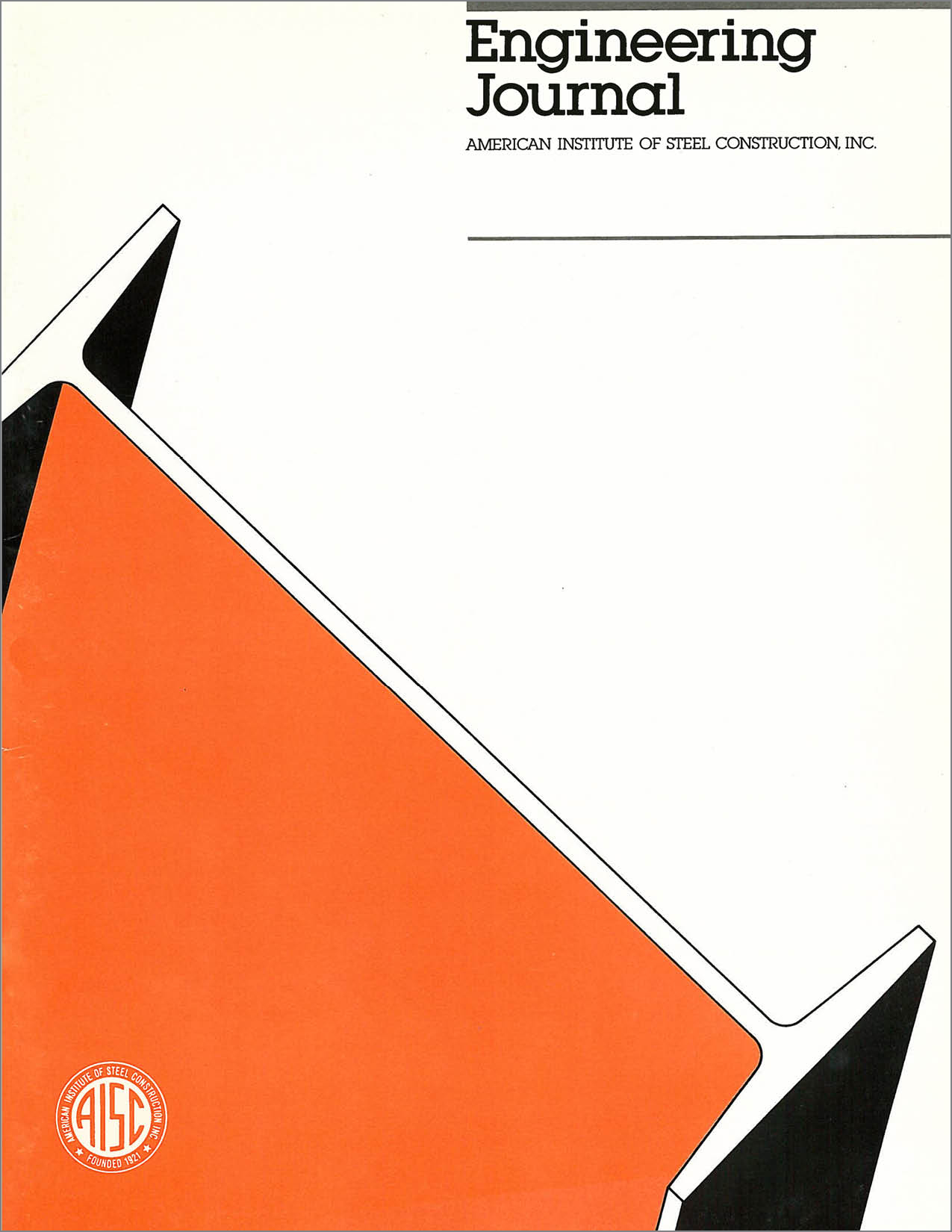Optimal Design of Cantilever-suspended Girders
DOI:
https://doi.org/10.62913/engj.v25i2.499Abstract
Cantilever-suspended girders are used frequently for bridges and low-rise, long-span buildings. Because this type of design calls for repetitive identical members, it is ideal for prefabricated construction. As a result, examples abound in structural steel. For various reasons, which include use of standard sections, economy and aesthetics, it is not uncommon for designers to specify the same size girders for all spans, particularly in buildings. In other words, prismatic construction is favored. This makes it important to arrive at an optimal design, i.e., to select a minimum-weight girder at the lowest possible design moment. Optimization is possible when one determines the position of the hinge, at the end of the cantilever, in such a way the maximum design moment is minimized. If the full load (live plus dead) were placed over the affected span (to determine the maximum moments that are generated at the suspended portion and over the cantilever support, respectively) the optimal position of the hinge. General methods of analysis, including numerical iteration, are available in the literature to determine both the optimal position of the hinge in a cantilever-suspended span and the design moment.

